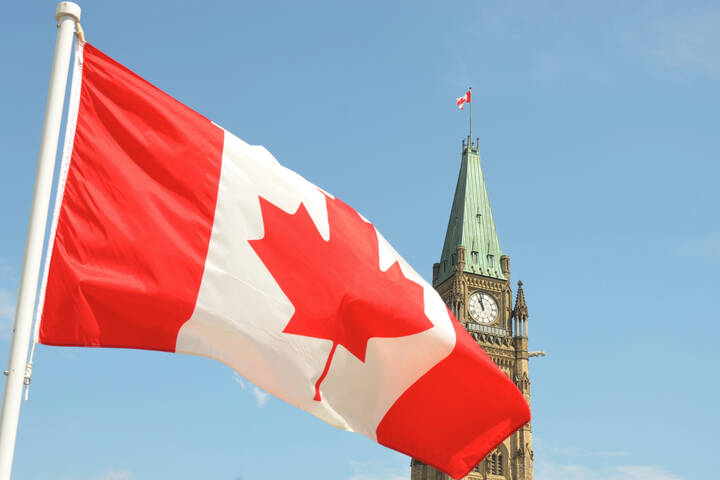
Students in Canada can't apply for CERB and CESB so here's how to choose which one
Students can't apply for both the Canada Emergency Response Benefit (CERB) and the Canada Emergency Student Benefit (CESB), according to the federal government.
If you happen to be eligible for both the CERB and the CESB, you'll have to pick which one to apply for — so here's how to pick the benefit that will help you most.
Check if you're eligible for both benefits
First, students should check if they actually qualify for both benefits.
To be eligible for the CERB, you must:
- be at least 15 years of age
- be residing in Canada
- have stopped working because of reasons related to COVID-19
- have had employment and/or self-employment income of at least $5,000 in 2019 or in the 12 months prior to the date of their application
- have not quit your job voluntarily.
To be eligible for the CESB, you must be:
- a Canadian citizen or permanent resident
- enrolled in a post-secondary institution or completed your post-secondary studies in December 2019 or later or you expect to complete high school in 2020 and have applied for a post-secondary institution that begins before February 2021
- unable to find work due to COVID-19 or currently working but making less than $1,000 each month before taxes
If you're an international student, note that you are not eligible for the CESB, but you could be eligible for the CERB, if you meet the requirements.
Choose either the CERB or the CESB
Both the CERB and the CESB provide eligible Canadian students with funding for a four-month period — but there's a major difference in the amount of funding that you'll receive.
The CERB provides eligible students with $2,000 per month, while the CESB provides students with $1,250 per month, although students who have a disability or are taking care of someone with a disability are eligible to receive $2,000 per month.
So if you're eligible for both benefits, chances are that you'll probably want to pick the CERB, considering it provides an additional $750 per month.
Post-secondary students 📢 the #GoC is introducing a 4-month Canada Emergency Student Benefit #CESB!
— Employment and Social Development Canada (@ESDC_GC) April 24, 2020
If you don’t qualify for #CERB, you could receive $1,250 per month between May and August 2020 🗓️.
Find out more here: https://t.co/JDYv4K2pq8 #COVID19 #EconomicResponse pic.twitter.com/t6FGoturpd
Understand the drawbacks
Both the CERB and the CESB are taxable, but they aren't being taxed at the source; that means you'll get the full $2,000 or $1,250 now, but you may have to pay back some of it later.
So how much will you have to pay back? Well, that depends largely on how much income you'll have for 2020.
Students earning less than $12,000 this year won't have to worry about paying back part of the benefit since they don't make enough to qualify for income taxes, per Global News.
But if you're a student that expects to earn more than $12,000 this year, you may want to set aside some money for when your tax bill comes in April 2021.
Apply for a benefit
Once you've decided which benefit to apply for and you're aware of the potential tax implications, it's time to begin the application process.
The CERB is already accepting applications, and you can find instructions on how to apply for it here.
The CESB is accepting applications beginning May 15. You can learn more about how to apply here.
Latest Videos
Join the conversation Load comments







